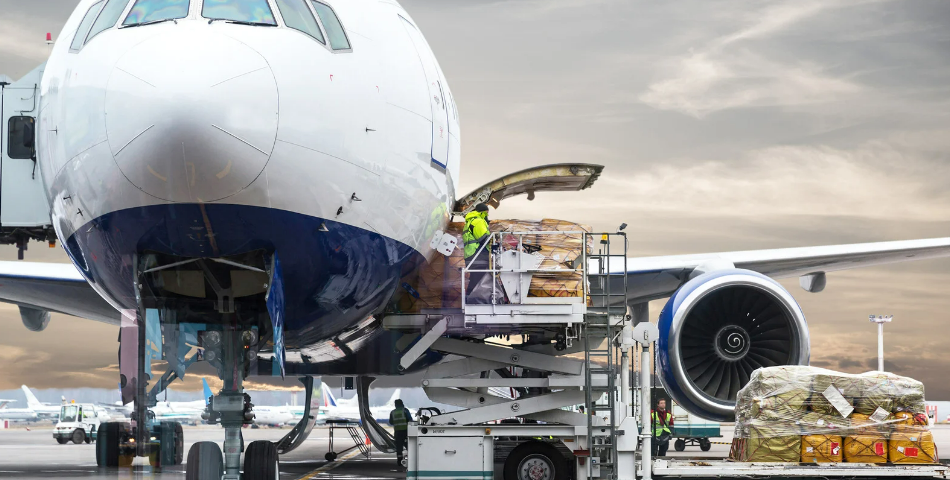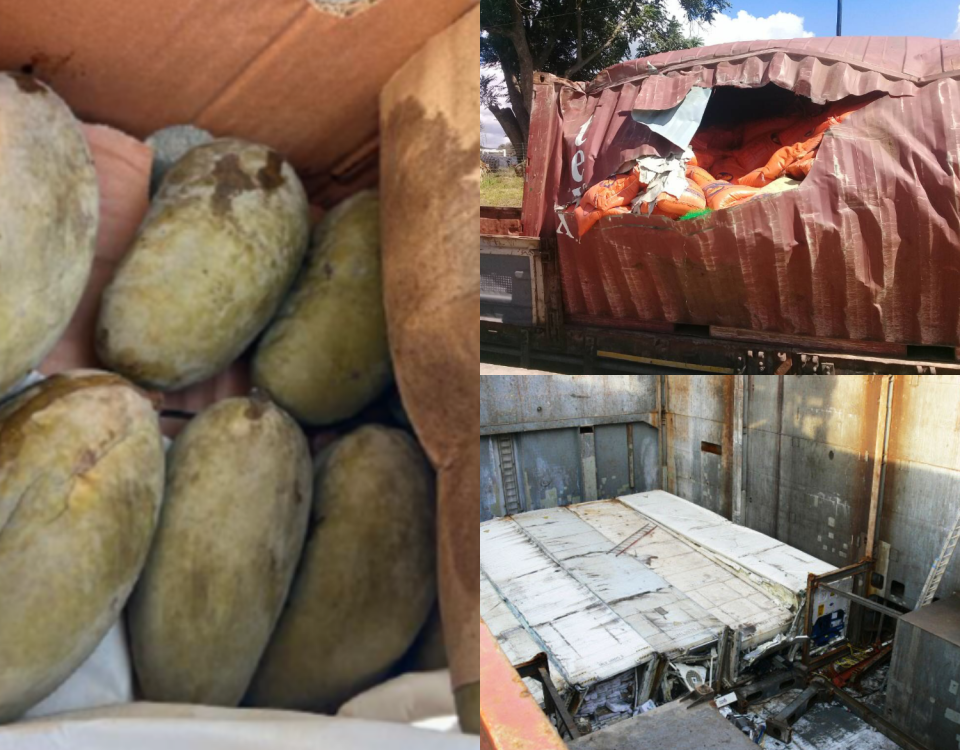Could Air Cargo Replace Marine Cargo Shipping?

Recoupex Recovers Air Cargo Claims
January 5, 2024
Why is Fumigation A Must?
January 5, 2024The debate surrounding the possibility of air cargo replacing marine cargo shipping has gained momentum. While both modes of transportation play crucial roles in the movement of goods across borders, the question of whether air cargo could become a viable alternative to traditional maritime shipping is a complex one.
Freight Cost Considerations
One of the primary factors influencing the potential transition from maritime to air cargo is the cost. Airfreight is generally more expensive compared to sea freight. The high operational costs of air transportation, including fuel, handling, and maintenance, contribute to elevated freight rates. However, in certain situations, the time-sensitive nature of goods may justify the higher cost of air shipping. Perishable or high-value goods, such as pharmaceuticals or electronics, often find airfreight economically justifiable due to the speed of delivery.
Capacity Differences
Marine cargo shipping has a distinct advantage when it comes to capacity. Ships can carry massive amounts of goods, making them more suitable for bulk shipments. Airplanes, on the other hand, have limited cargo space, restricting the volume of goods they can transport. This limitation is a significant hurdle for air cargo to replace marine shipping, especially for industries heavily reliant on bulk transportation, such as raw materials or commodities.
Other Advantages of Air Cargo
Faster shipping times mean that businesses can maintain lower inventory levels, reducing warehousing costs and the risk of overstocking. Airfreight is often considered more secure than maritime shipping, as it involves fewer handovers and a lower risk of theft or damage and it provides flexibility in routing, enabling swift adjustments to changing market demands or unforeseen circumstances.
Air Cargo Claims
It is already mentioned that air cargo is generally a safer method for shipping, but can your cargo get damaged? The answer is yes, cargo shipped by air can still potentially be damaged during transportation. Air shipping is not entirely immune to risks.
Several factors can contribute to the risk of cargo damage when shipped by air:
Handling Procedures: Air cargo undergoes multiple handling processes, including loading and unloading from planes, transit through airports, and sorting in cargo facilities. Improper handling or inadequate packaging can lead to damage.
Turbulence and Vibration: Fluctuations in altitude, turbulence, and vibrations during flight can affect the cargo. Fragile or sensitive items may be susceptible to damage if not properly secured or packed.
Stacking of Cargo: In cargo holds, items are often stacked to maximize space. If the cargo is not appropriately packaged or secured, items at the bottom of a stack may bear the weight of those above, potentially causing damage.
Temperature Changes: Air cargo may be exposed to temperature variations during transportation, especially when transitioning between different climates or during long layovers. This can impact certain types of goods, such as perishable or temperature-sensitive items.
In conclusion, while air cargo offers unparalleled speed and efficiency, it still faces challenges in terms of cost, capacity, and environmental impact. Your cargo still has the possibility of getting damaged while in transit via air. Whether shipping through marine or air transport, it is crucial to actively pursue the recovery of cargo claims as a proactive measure to minimize potential losses in your cargo operations.
Recoupex is a hub of transport lawyers – experts in cargo claims. We assess your case quickly. We have successfully recovered claims from Maersk, Sealand, Hapag-Lloyd, Mediterranean Shipping Company – MSC, CMA CGM, and other carriers.



